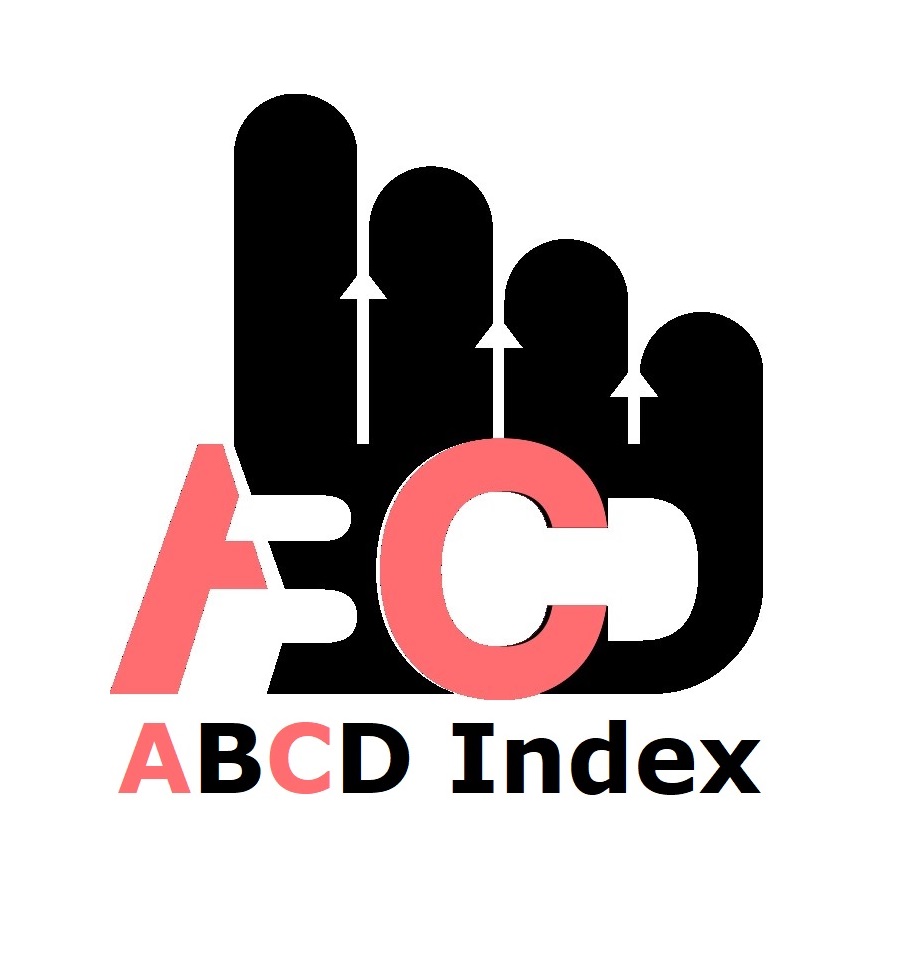Effectiveness of BëST social support model on mental health outcomes among university students in western Kenya: A quasi-experimental design
Mots-clés :
BëST Support Model, Intimate Partner Violence, Mental Health Outcomes, University Students, KenyaRésumé
Intimate partner violence (IPV) is a form of abusive behaviour that can occur in marriage, cohabitation, or any other type of partnership and includes physical, sexual, or psychological abuse. Numerous studies have established the detrimental effects of intimate partner violence on mental health. There is growing evidence that social support may help alleviate these negative effects; thus, this study examined the BeST (Belongingness, Evaluation/Appraisal, Self-esteem, and Tangible) support model derived from the social support theory in alleviating the effects of mental health. This study aimed at evaluating the effectiveness of the BëST support model and factors that influence its effectiveness among victims of intimate partner violence in universities in Western Kenya. This study adopted a quasi-experimental design that recruited university students from the four public institutions in Western Kenya who had experienced any form of IPV since admission to the university. The study enrolled 426 participants: 210 in the treatment group and 216 in the control group. Two universities with the highest prevalence rates were recruited into the intervention group, while those with lower prevalence rates were recruited into the control group. The participants were recruited through snowball sampling, and data was collected at baseline and one and three months post-intervention using a self-administered questionnaire that had screening tools for anxiety, depression, and post-traumatic stress disorders (PTSD). The control group went through unstructured group counselling, while the treatment group underwent the BëST model twice weekly for a period of four weeks; in addition, a counsellor was present during the study period. Data was analysed by use of Statistical Analysis Software, where an Analysis of Variance was used to assess mental health outcomes at baseline, one- and three-months post-intervention, and multiple regression was done to identify factors that affect the model’s effectiveness in improving mental health outcomes. There was a significant decrease in mean scores in all the mental health outcomes from baseline to 3 months post-intervention. The average scores for depression went down from 9.90 to 3.41, anxiety from 7.84 to 2.68, and PTSD from 1.6 to 1.1 in the treatment group, with both the treatment and control groups showing a significant change over time in anxiety and depression (p<0.0001), but not in PTSD. There was a lower likelihood of depression among those who never used illegal drugs, while PTSD was low among participants who never consumed alcohol. This study found that the BëST support model was effective in alleviating anxiety and depression; however, it was not effective in alleviating PTSD. In addition, the use of illegal substances and alcohol affected the model's effectiveness. Recommendations: This study recommends adoption of the model and identification of complementary interventions for IPV victims with PTSD.
Publiée
Comment citer
Numéro
Rubrique
(c) Tous droits réservés Tuitoek Doris, Peter Odera, Tecla Sum Psusma, Gladys Mengich 2025

Ce travail est disponible sous licence Creative Commons Attribution - Pas d’Utilisation Commerciale 4.0 International.
Articles les plus lus par le même auteur ou la même autrice
- Pauline Adhiambo, Peter Odera, Samuel Maragia, The Relationship between Exposure to Violent Content on the Media and Aggressive Behaviour among Adolescent Learners in Western Region, Kenya , African Journal of Empirical Research: Vol. 5 No 4 (2024): Oct-Dec 2024
- Esther Sila, Peter Odera, Moses Poipoi, Influence of Teacher’s Self-Worth on Secondary School Learners’ Academic Performance in Kakamega County, Kenya , African Journal of Empirical Research: Vol. 4 No 1 (2023): Jan-Jun 2023
- Josephine N. Nyamwange, Peter Odera, Edward O. Khasakhala, Teachers’ attitudes towards attention deficit hyperactivity disorder and management strategies for pupils in Kisii County, Kenya , African Journal of Empirical Research: Vol. 6 No 2 (2025): Apr-Jun 2025
- Laban Welakoko Sikolia, Moses Poipoi, Peter Odera, The effect of pastoral care and mentorship programmes on psychosocial adjustment and academic performance of students in public secondary schools in Kakamega County, Kenya , African Journal of Empirical Research: Vol. 6 No 3 (2025): Jul-Sep 2025























